Mekong Delta has prominently natural features which are rarely seen in the world. The nature is not only the strength but also the disadvantage of the region. With a system of fertile soil and dense rivers and canals, the Mekong Delta has a good condition for developing agriculture and fishery industry. Besides, the land has been undergone many thunderstorms each year. Nonetheless, the Mekong Delta continues seeking solutions overcoming difficulties and taking advantage of the favorable conditions to develop tourism, culture, economics and society.
Area: 39, 734 km2
Population: 17390 people
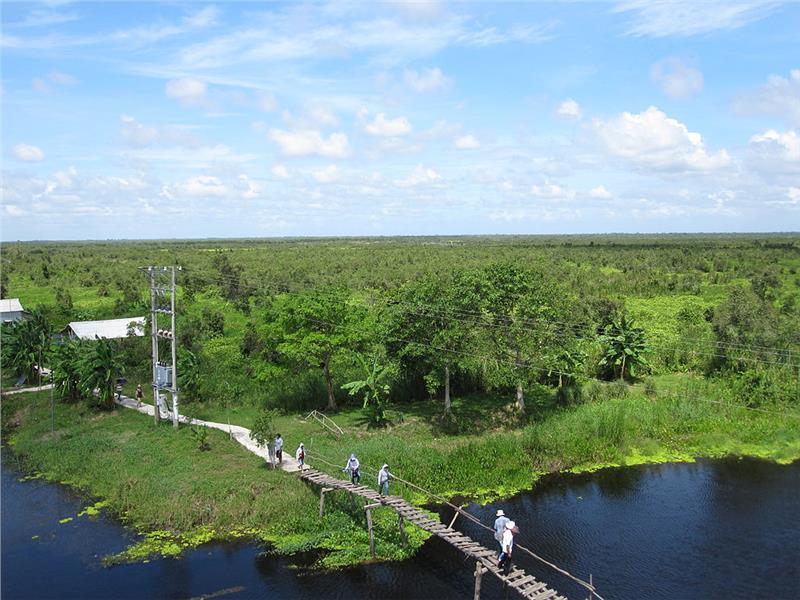
Mekong Delta is also known as the Southwest of Vietnam. This region consists of 13 provinces including Long An, Tien Giang, Ben Tre, Vinh Long, Tra Vinh, Can Tho, Soc Trang, Bac Lieu, Ca Mau, Kien Giang, An Giang, Dong Thap, and Hau Giang. The natural area of the region is 39,734 square kilometer accounting for 12.2% of the whole country. The land shares border with Cambodia in the north, the Gulf of Thailand in the southwest, and the East Sea in the southeast. Located at the end of the Indochina Peninsula and being adjacent to the southern key economic zone, the land has a close and important two-way relationship. In other words, Mekong Delta geography has created favorable conditions to promote exchanging co-operation with other countries on the peninsula.
The Mekong Delta was formed from the alluvial sediments and slowly added through the eras of sea level changes. Having experienced from many stages, it gradually formed sand dunes along the coast. The topography of the area is relatively flat with the average height is from 3 to 5 meters above the sea level. Besides, the humid tropical climate with equatorial features can be clearly seen in this land. The annual average temperature is 24 – 27°C and the annual average temperature range is 2-30°C. This area has two distinct seasons, in details, rainy season lasts from May to October; dry season is from December to April.
In the early and mid seventeenth century, the Mekong Delta River history witnessed a flow of Vietnamese people from the north and the north central crossed a sea finding a new land to reclaim. These people mostly are farmers and craftsmen living in poverty; therefore, they had to leave their hometown in search of other lands to improve their lives. They gradually expanded to reclaim lands from the east to the southwest (the Mekong Delta now). In 1968, Nguyen Huu Canh, under the command of Lord Nguyen, set food in the south of Vietnam to establish administrative structures and management systems. Actually, this was a formal recognition of the results of reclaiming new land (the South of Vietnam now). The older generation of Vietnamese residents arrived in the Mekong Delta to reclaim, create farms, and form villages. After more than three centuries of reclamation processing in the Mekong Delta, Vietnamese community is more and more crowded and has presence in almost plains, borders and islands. Villages were established everywhere. Along with the success of developing economics and conquering nature, Vietnamese people in the Mekong Delta created a rich cultural life containing not only the common features of the country but also the distinct features of the Mekong Delta.
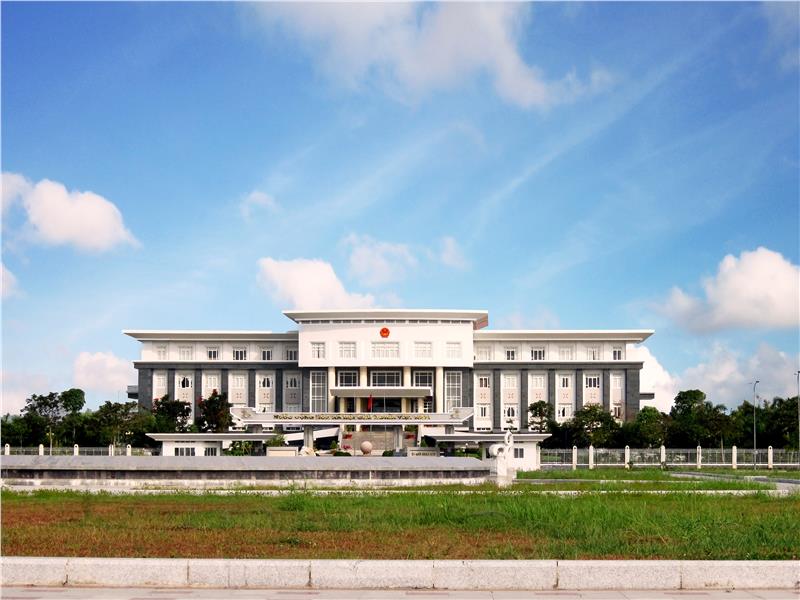
The Mekong Delta administration is divided into 13 provinces including Long An, Tien Giang, Ben Tre, Vinh Long, Tra Vinh, Can Tho, Soc Trang, Bac Lieu, Ca Mau, Kien Giang, An Giang, Dong Thap, and Hau Giang. Similar to other region in Southern Vietnam in particular and in Vietnam in general, each province in the land will be divided in smaller units consisting of provincial cities, district – level towns, and districts. The smallest unit of one province is commune – level administration unit.
The Mekong Delta politics is relatively stable. Authorities in the land have applied 134 decision of the Prime Minister to support housings, lands and water for ethnic minorities, especially, Khmer people. Besides, Vietnam Government also enacted other policies to increase more jobs and enhance the living standards of local people.
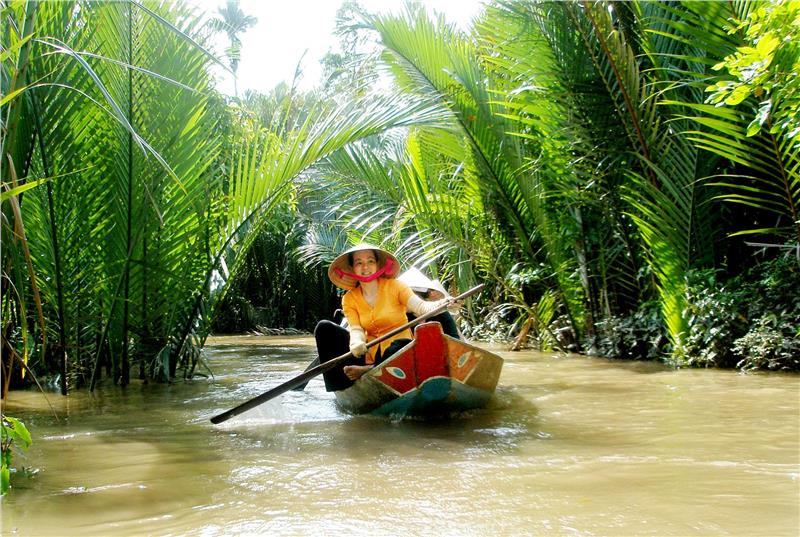
According to the statistics of Vietnam General Statistics Office in 2012, the Mekong Delta population is 17390 with the population density of 429 people per one square kilometer. This is a land of many ethnic groups, which mostly are Kinh (90%), Khmer (6%), Chinese (6%) and Cham. These groups live in harmony to help each other and develop all aspects of life including economics, culture, society, etc... People in this place are very honest, hospitable and warm-hearted. They also appreciate the solidarity, cooperation and mutual assistance. To these people, helping each other to overcome difficulty is the most important thing in their emotional life.
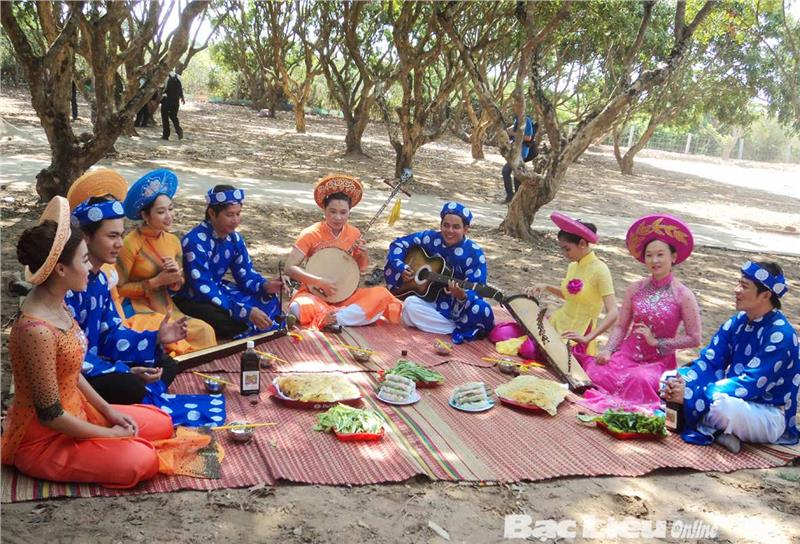
As mentioned in the previous part, this region has four main ethnic groups. These groups have created the diverse culture in Mekong Delta Vietnam. In details, Kinh people bring to the land typical features of Vietnamese culture. In fact, some of Kinh people follow Buddhism while a large number of them do not follow any religions. Besides, Khmer people have special and various cultures as well. In fact, Khmer people have a closely historic and cultural relationship with Khmer in Cambodia. Buddhism is almost the unique religion of Khmer and this makes a great affects on many aspects of their life. Each village of Khmer has at least one pagoda or temple. For them, a pagoda is the face of society and a religious and cultural centre of their community. Another ethnic group in the Mekong Delta, Chinese people, has a close relationship with Chinese people now. They have shaped their own culture basing on inheriting and promoting the Chinese culture (in the southern coastal region of China), Viet, Khmer and Cham culture. The last group in the Mekong Delta is Cham people. Although this group accounts for a small section of population in the Mekong Delta, their culture is as unique and diverse as these other groups. Especially, pottery is a traditional culture of Cham.
The most official language in Mekong Delta is Vietnamese. However, like the South East of Vietnam, they have their own dialect and intonation. Specifically, they have the voice of the South people in general, but their voice still has some distinct features making them different from the South East. In details, there are some sounds and vocabularies have been changed in comparison with the official language and the South East. For example, the sounds “r”, “d”, “v” in Vietnamese are pronounced like “dz”. Besides Vietnamese language, each ethnic group will have their own language as well.
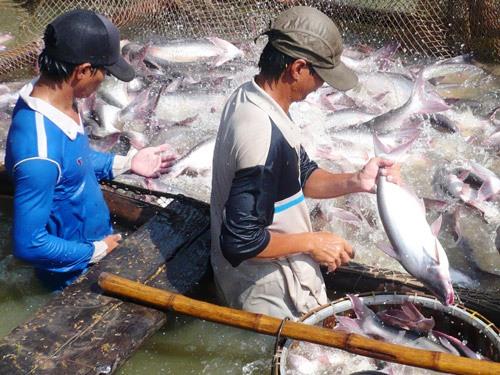
The Mekong Delta economy has some advantages, especially in the field of rice agriculture and fruit growing. This place is famous for having the largest granary in Vietnam. In recent time, agriculture has been developed in the direction of commodity production, crop diversification, livestock associated with processing. Besides, fishery is also strength of the Mekong Delta. Nowadays, fishery has grown sharply in both production and export. Output value of the fishing industry accounts for 42 – 45% the total value of the fishing industry and 37- 42% the export of the country. In terms of industry, the land has mainly developed in food processing industry with more than 20% of the industrial value added of the region. Other developing industries include textiles, garments, construction materials, and chemicals. In aspects of service, the Mekong Delta has great potential for tourism development. Some highlighted tourism destinations in this land are Phu Quoc Island, Cai Be floating market, Long An museums, etc. In the project of establishing key economic zone approved by Vietnam Prime Minister on April 16, 2009, 4 provinces including Can Tho, An Giang, Kien Giang, and Ca Mau formed a key economic zone in the Mekong Delta. According to the project, this economic zone will be the largest one in the country in fields of rice production, fishing, and seafood processing, which will contributes a large part in exporting agricultural and fishery products. In addition, the region has an important role in transfer biotechnology, technical services and so on.
The Mekong Delta society has both common and distinct features in comparison with other places in Vietnam. People here often live in traditional villages. However, the community of the villages is less tightly compared to the northern part of Vietnam because they often move from one place to another more often than northern people. In Kinh families, men and women are equal to each other. They often share everything equally. On the other hand, families of ethnic groups (Cham, Chinese, and Khmer) often follow patriarchy but a few of them still remain matriarchy.
Tourism
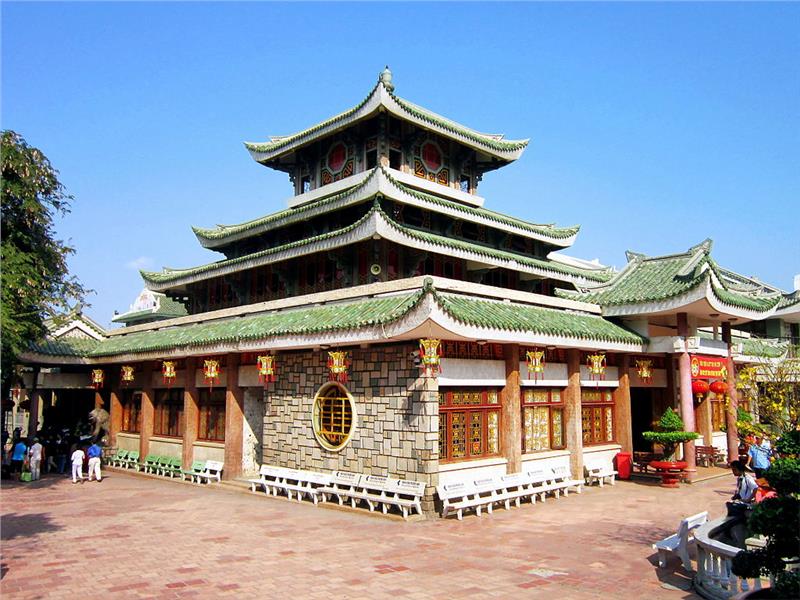
The Mekong Delta tourism has a great potential. The land has the beauty of ecological plains and islands, charming and seductive rivers and canals, fresh environment, rich natural resources combining with cultural and historical tradition of four ethnic groups and many traditional folk festivals with unique cultural identity. Besides, the “Southern personalities” of being gentle, hospitable, generous and magnanimous is also the other thing attracts tourists to travel this land. Set food here, tourists has a great opportunity to immerse themselves in natural landscapes as Ben Tre coconut forests, Sa Dec flower village (Dong Thap), floating market (Can Tho, Tien Giang) with a variety types of fruits, Seven Mountains (An Giang), Nam Can mangrove forests, and Ca Mau Cape, etc. In addition, the Mekong Delta has many beautiful islands, especially in Ca Mau and Kien Giang. In details, the most beautiful island in this land is Phu Quoc Island, also known as the Pearl Island having a lot of beautiful beaches with white sand and blue sea. Other famous beaches include Mui Nai (Ha Tien, near Cambodia border), Ho Chong (Kien Giang), Ba Dong (Tra Vinh).
Festivals
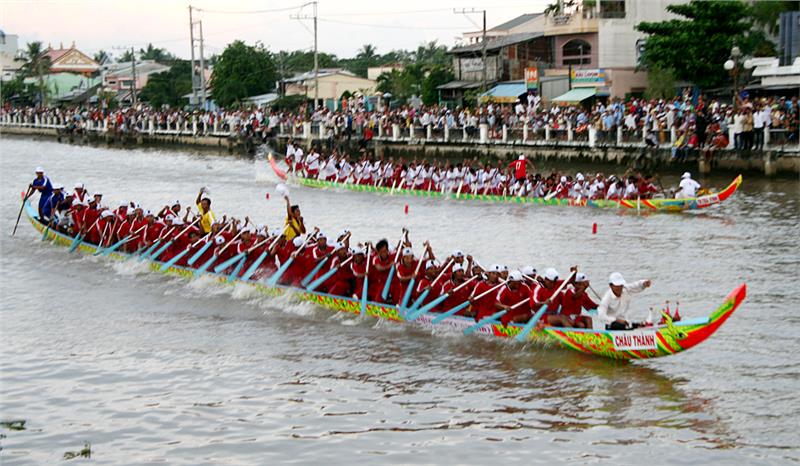
The Mekong Delta festivals consists of 15 big festivals, which is divided into three types including spiritual beliefs’ festivals, national heroes’ festivals, and traditional festivals. Following are some biggest festivals in Mekong Delta.
Ok Om Bok Festival
This is a festival of Khmer people in the South of Vietnam in general and in Kien Giang province in particular. Ok Om Bok is annually held in October 15. This is the last day in a rainy season and also the harvest time. According to the belief of the Khmer, the Moon helps farmers to regulate weather and creates a bumper harvest. Hence, on this day, Khmer people held a big ceremony called Ok Om Bok to welcome the new harvest and express gratitude to the Moon.
Ba Chua Xu Festival
Ba Chua Xu is known as the local tutelary goddess, which lies at the foot of Sam Mountain, Chau Doc Town, An Giang Province. She is believed to bring good things in fields of business and health to local people and also well-known as a protector of the Vietnamese border. The festival often lasts three days from the 23rd to 27th of the fourth lunar month in a rainy season.
